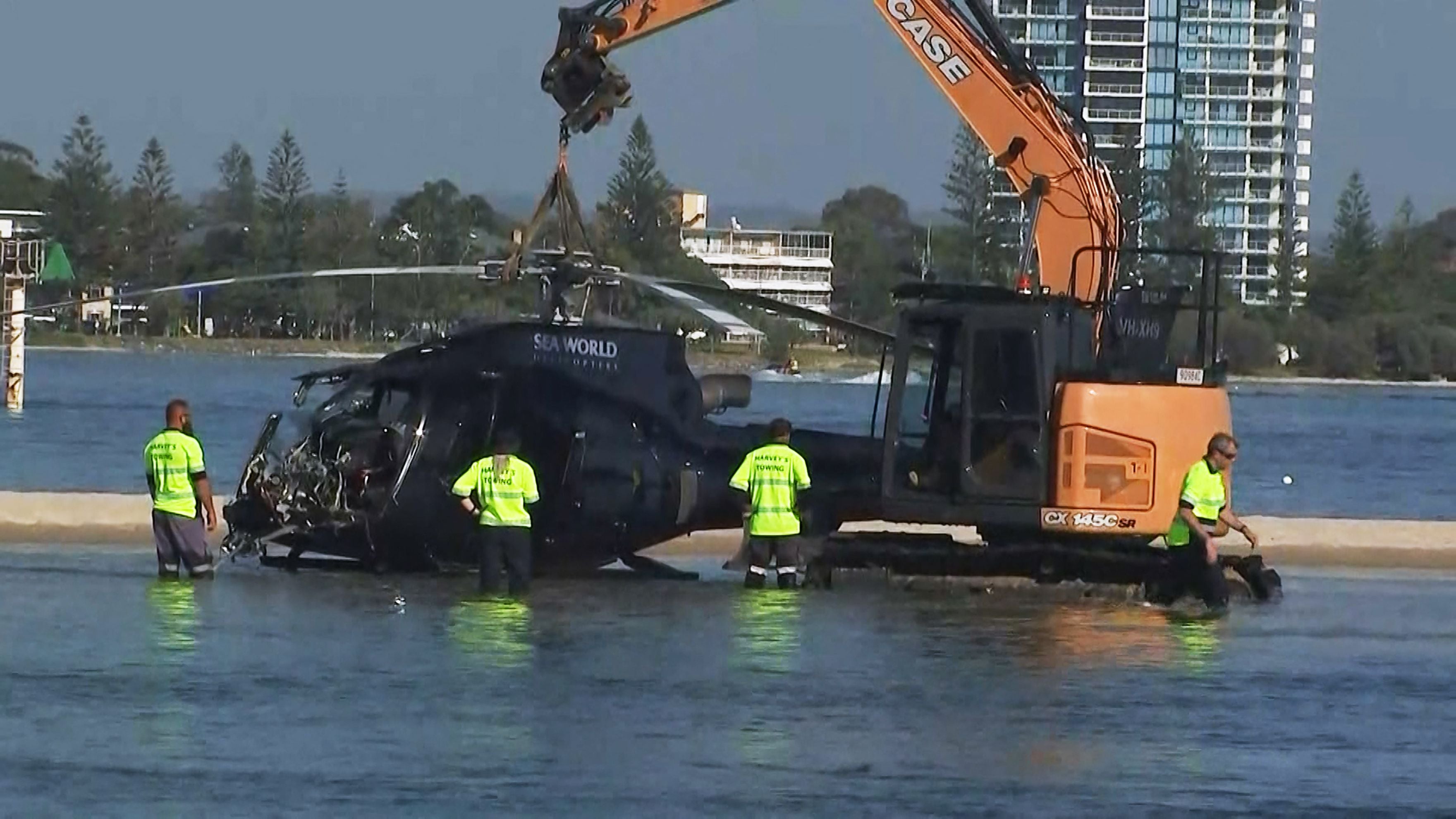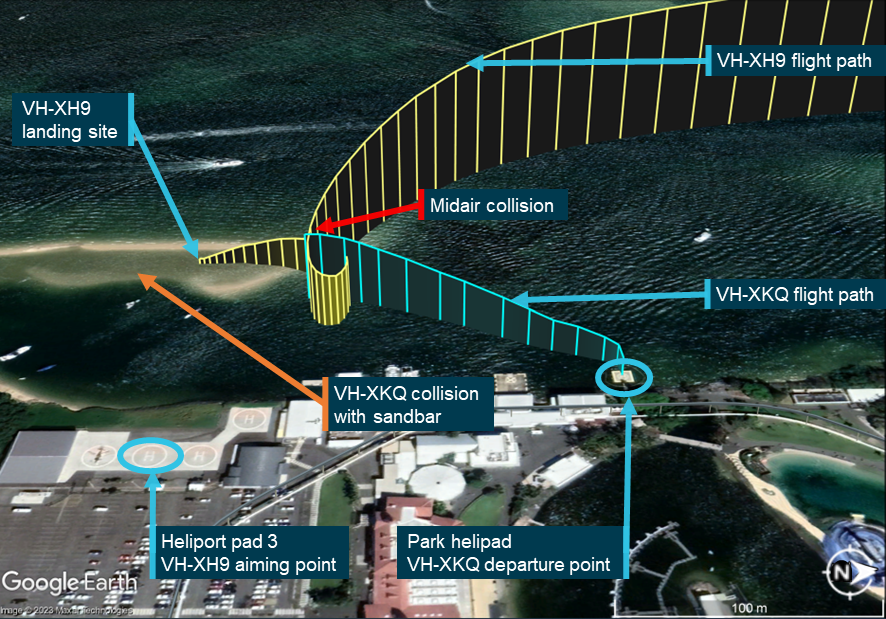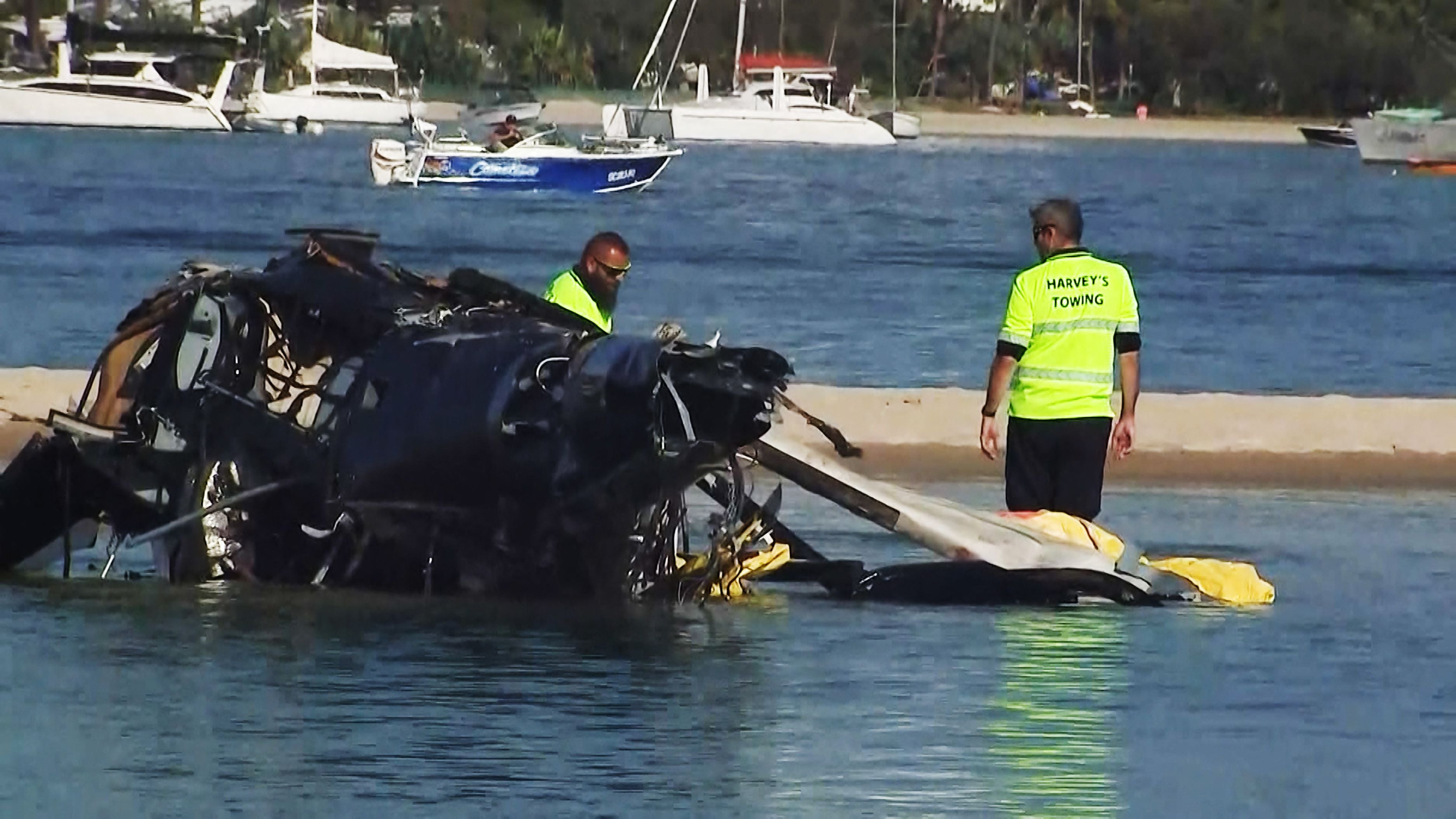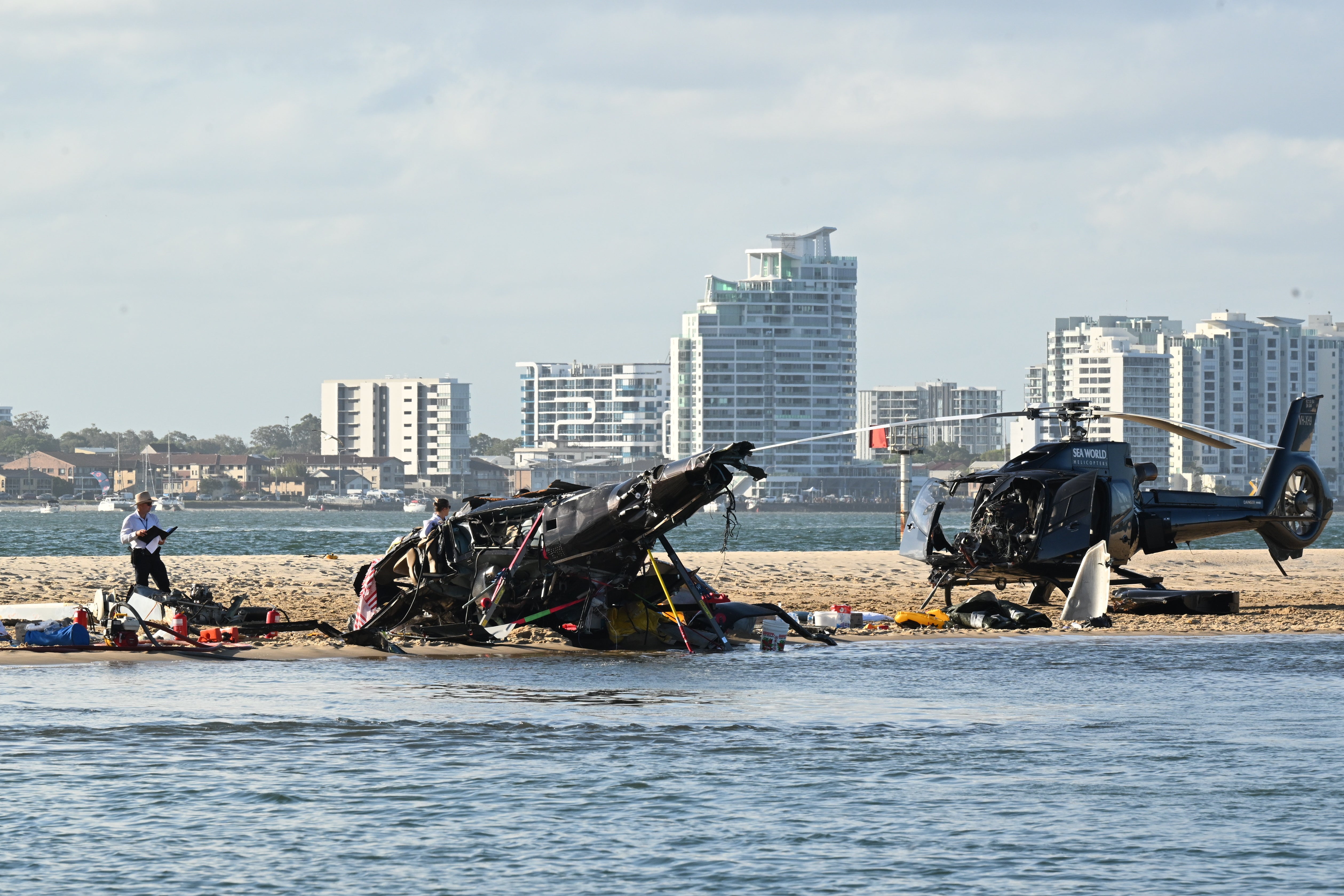The final report into a helicopter crash that killed four people, including a British couple, in Australia has revealed what led to the fatal accident.
Britons Ron and Diane Hughes, from Liverpool, were visiting their daughter and grandchildren when they died in the crash at Sea World on the Gold Coast. Also killed in the January 2023 incident were Sea World Helicopters pilot Ashley Jenkinson, originally from Birmingham, and Sydney resident Vanessa Tadros.
The Australian Transport Safety Bureau (ATSB) has now published its report with 28 findings including “significant flaws” in safety procedures.
Chief Commissioner Angus Mitchell said: “The most fundamental lesson from this investigation is that making changes to aviation operations, even those that appear to increase safety, can have unintended consequences.
“It is therefore critical that changes to aviation operations are managed through the implementation of a defined process to ensure overall safety is not adversely affected.”
The report revealed that one of the pilots did not hear a vital radio call shortly before the accident and a series of changes by Sea World meant safety measures had weakened over time. There were also issues with a faulty radio antenna and limited visibility.

Mr Mitchell noted that the operator had made a number of changes in the run-up to the accident, including larger EC130 helicopters, a new hangar and a second helipad.
“Over time, these changes undermined risk controls used to manage traffic separation and created a conflict point between launching and departing helicopters, which is where the two helicopters collided.”
In the lead-up to the collision, an inbound call from the arriving helicopter did not register with the pilot of the departing helicopter, which was busy loading passengers. A ground crew member advised the pilot of the departing aircraft the airspace was clear.

But this was no longer accurate by the time it took off as the inbound helicopter was continuing its approach to land. The departing pilot would also have had limited visibility to identify the approaching helicopter due to restrictions on manoeuvering at the helipad, the report found.
The transport safety watchdog found that aviation operations should have multiple safety proceedures in place so as not to be vulnerable to single points of failure, such as faulty radios or a pilot’s ability to detect another helicopter with visibility issues.

Mr Mitchell said: “While the operator did have in place a system of radio calls, hand signals and visibility devices that was intended to alert pilots of the presence of another helicopter, the investigation found that system to have significant flaws.”
Both pilots would have had limited view of each other’s aircrafts in the lead-up to the incident. This, combined with “competing priorities” and the belief the airspace was clear, led to the collision.
A report last year revealed that pilot Ashley Jenkinson had been using cocaine on New Year’s Eve, days before the crash. The ATSB found the pilot would have had the opportunity to sleep and recover from any fatigue effects caused by cocaine withdrawal.

But they warned: “Cocaine is an illicit drug and as with all illicit drugs, the end user is unlikely to have any knowledge of the actual amount of drug in the product being used”.
SeaWorld has made a number of changes since the accident, including a new “pad boss” staff position to provide pilots with traffic advisory information, new radio call protocols, strobe lighting and high visibility paint on the helicopters.
Lego opens a factory in Vietnam it says will make toys without adding emissions to the atmosphere
Paedophiles may be targeting parents on dating apps to access children – study
Formula 1: How to watch the Bahrain Grand Prix on TV and what to know
Albanese vs Dutton: Who won the first Australian election debate?
Former Australia opener retires from cricket aged 27 due to concussions
The only business on Australia’s Norfolk Island to face US tariffs







